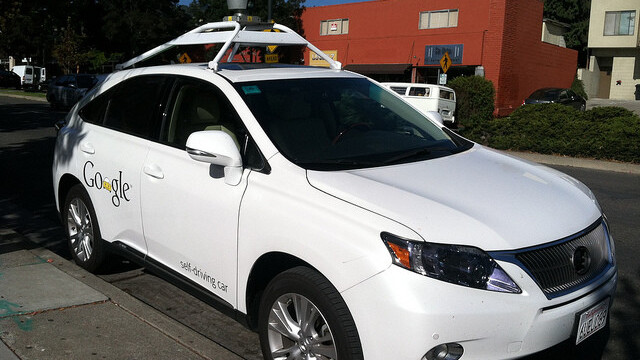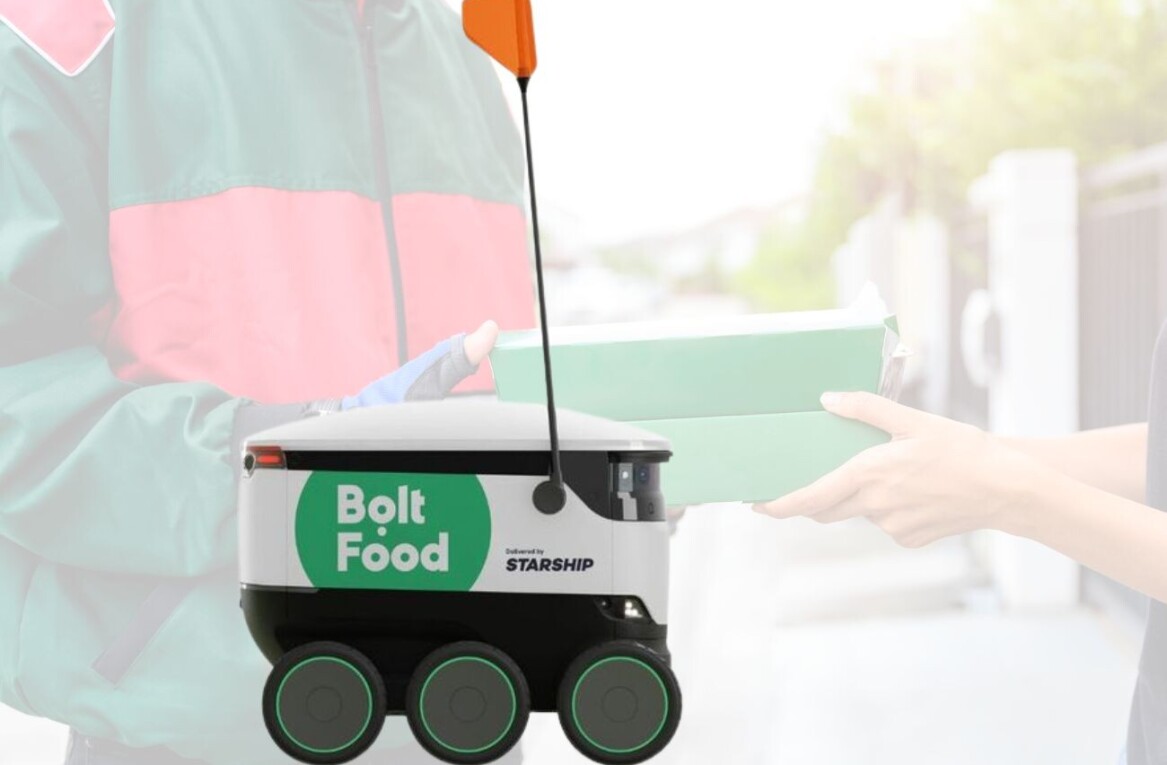It seems we have another ambitious promise from a leader in the autonomous vehicle industry. Earlier this month, Elon Musk, CEO of Tesla and a bunch of other futuristic startups, said that he anticipates completion of fully autonomous technology by the end of 2019, with their self-driving vehicles being so advanced in 2020 that the driver can basically take a nap. Specifically, he said, “I think we will be ‘feature-complete’ on full self-driving this year, meaning the car will be able to find you in a parking lot, pick you up, take you all the way to your destination without an intervention this year.”
For reference, today’s Tesla models have a feature called “enhanced autopilot,” which offers a handful of autonomous abilities, like making lane changes and taking exits of the highway. It costs $5,000 above the basic costs of a vehicle, and realistically, doesn’t do that much. Could Tesla truly make such a big jump and offer a fully autonomous vehicle by next year?
What is “feature complete?”
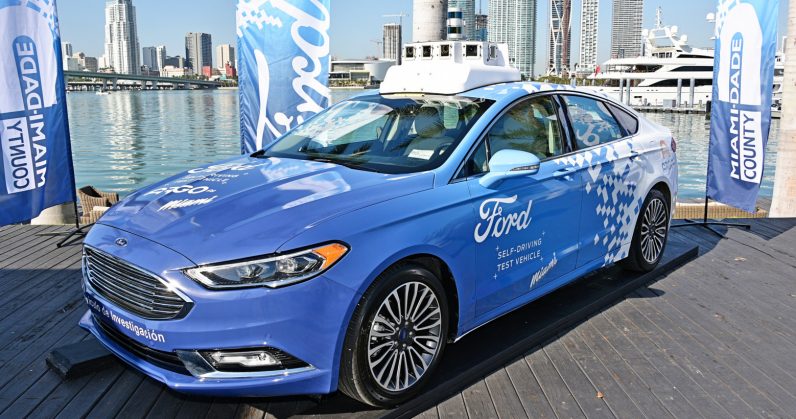
First, we need to temper our expectations. Musk describes his company’s 2019 goal of making a fully autonomous vehicle “feature complete.” What exactly does this mean? It’s a somewhat ambiguous phrase, and likely an intentionally ambiguous one, but it probably means that the core self-driving product has been finished. We’ve seen similar approaches from other companies in the autonomous vehicle industry; for example, Waymo launched a driverless taxi service in Phoenix last year, but minimized the fact that the service isn’t open to the general public, and the fact that a human driver would still accompany those vehicles.
With that in mind, we shouldn’t take Musk’s statement to mean that we’ll be enjoying our robotic shuttles by the end of next year. Instead, we’ll likely be hearing about how initial testing is going.
The race toward a fully autonomous vehicle
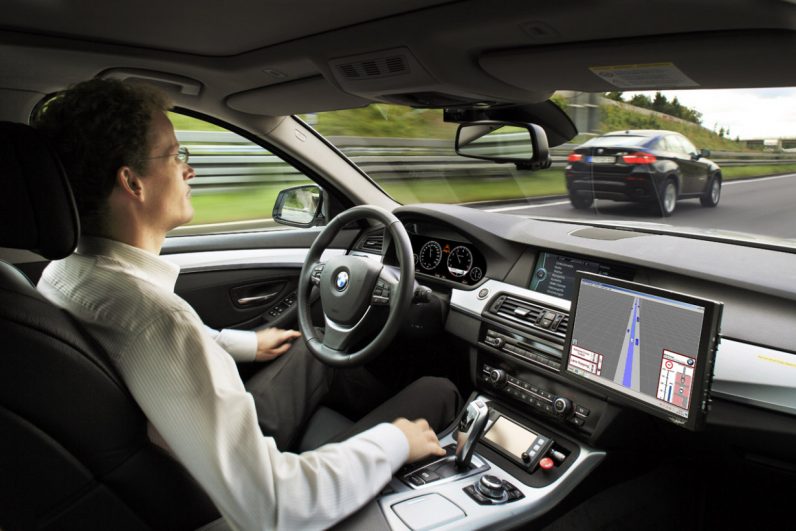
The race for a fully autonomous vehicle is definitely on, and in full swing, though different companies are taking radically different approaches. Waymo is probably the most publicly visible company, with driverless vehicles that have been roaming the streets under test conditions for more than 10 million miles (plus more than 7 billion miles of simulation driving). General Motors is looking to launch a driverless taxi service in the next few years. While other smaller companies like Nuro and Aurora are intentionally trying to stay out of the limelight, developing their own technology without committing to bold rollout dates or bragging about miles driven.
Most companies believe there’s a major advantage to being the first, and I’m inclined to believe that as well. The first company to have a publicly available, fully autonomous vehicle is going to win millions of sales before another brand can even get started. That’s why leaders like Musk are eager to make bold promises, even if they don’t come to fruition; it generates attention and makes them seem like they’re “winning” the race.
Of course, there’s a major downside to this approach, beyond a missed deadline. Possibly due to cutting corners to get ahead in the race, an Uber self-driving vehicle was responsible for a fatal crash last year. The pressure to be first is insane.
Road complexities
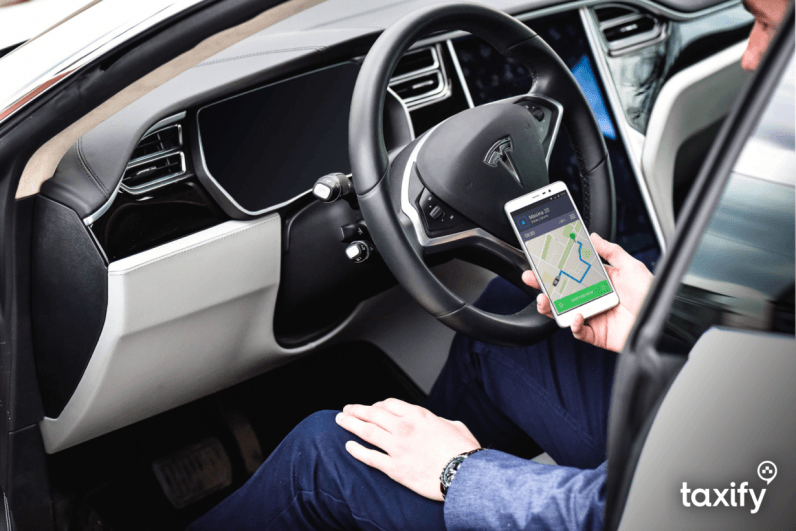
It’s not certain whether Musk’s vision of a “feature complete” autonomous vehicle describes a vehicle that can handle a diverse array of road conditions. Most existing autonomous vehicle competitors are spending their days in states with warm, clear weather—avoiding conditions like heavy rain, snow, and ice that might otherwise compromise their AI decision making. A “feature complete” vehicle in Arizona may not be “feature complete” in Wisconsin.
Regulations and restrictions
We also need to consider the realistic possibilities for a fully autonomous vehicle that’s available to the general public. While it may be possible to create a car that can fully and safely drive itself, there’s no guarantee that state and local governments will abide by its sale or activation to civilians.
Some states, like Arizona and California, are pushing to be known as welcoming leaders for the autonomous vehicle industry, lowering their regulation standards for public testing. Others are more conservative, with no existing laws for autonomous vehicle testing on public roads—let alone laws for selling to the general public. It’s uncertain what regulatory or political hurdles will need to be jumped in order to make autonomous vehicles publicly purchasable, but it’s reasonable to assume that this will add months, if not years, to the timeline.
A history of bold (and unmet) promises
Elon Musk (and others) have been making optimistic promises about the future of self-driving cars for a long time. Since 2016, Tesla has claimed that all its vehicles have the hardware necessary to become fully autonomous, with the option to “unlock” full autonomous driving with a mere software update. Back in January of 2017, Musk suggested that this capability was a short 3 to 6 months away. Obviously, this didn’t come to fruition. Apart from the self-driving vehicle industry, Musk has a long history of projecting unrealistic timelines for his futuristic projects.
Cost-effectiveness and other obstacles
Musk has indicated that most Tesla models produced since 2016 have the hardware capabilities to support fully autonomous driving technology, but that’s not a guarantee. Before releasing autonomous driving technology to the general public, companies like Tesla will also need to make sure they can reliably produce and distribute that technology cost-effectively. All it takes is one cost-related hiccup in production, or one problem with the consumer-facing price point to compromise the profitability of the entire operation. Unseen and unanticipated problems will also undoubtedly emerge.
Don’t get too excited
So what’s the bottom line here? As you might have suspected, Musk’s prediction about a 2020 timetable for a fully autonomous vehicle has been significantly overblown, and to some extent, misinterpreted by news media. Tesla is certainly making good progress, and remains a leader in the driverless vehicle field, but we need to be skeptical about any promises of a specific date or timetable for the technology’s rollout. There are too many unseen variables and too many steps of progress that need to be taken.
My prediction? We won’t have a fully autonomous vehicle publicly available in 2020. We may not even have a clear timetable for when we’ll see one emerge by 2020.
Get the TNW newsletter
Get the most important tech news in your inbox each week.
